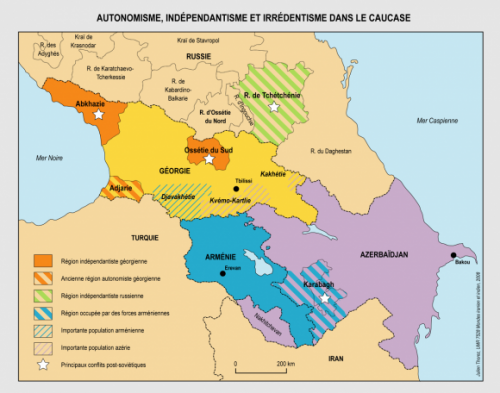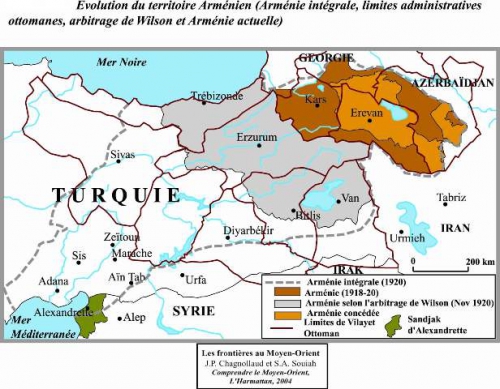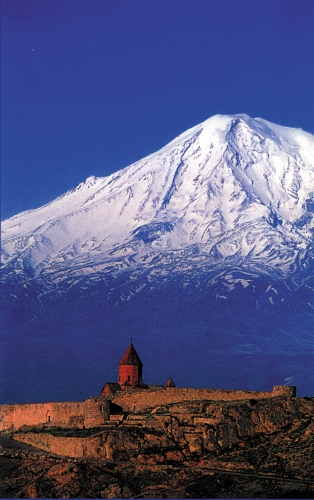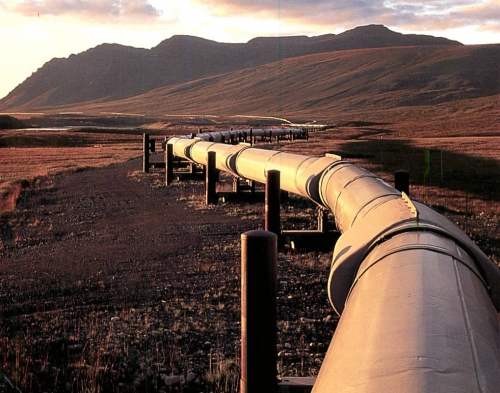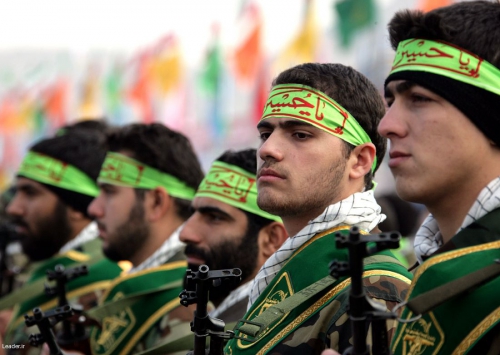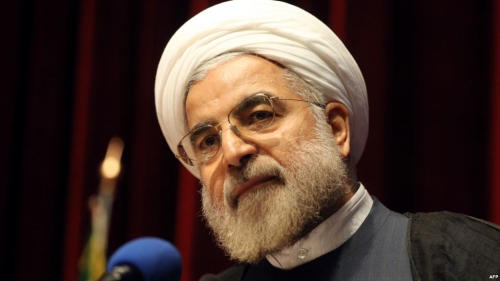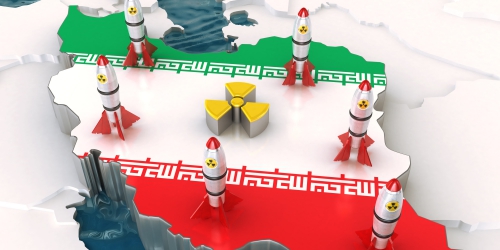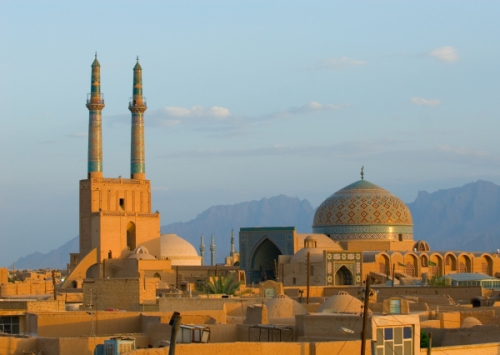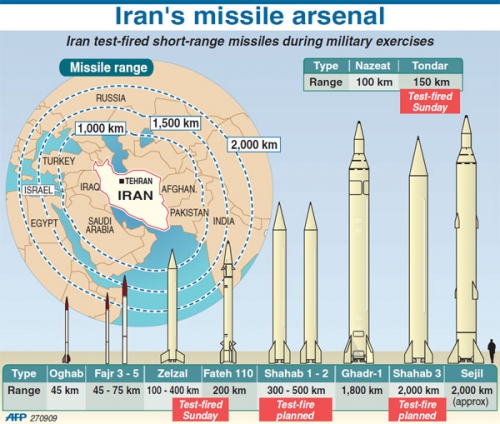Les Balkans pourraient bientôt exploser - une fois de plus. Mais avec une variante; au contraire de 1999, l'OTAN ne pourra pas se permettre de bombarder la ville sans défense de Belgrade pendant 78 jours. Une nouvelle génération de missiles russes l'en empêcherait très facilement.La tragédie qui s'est jouée en 1999 dans les Balkans avait principalement été mise en branle par de faux massacres au Kosovo mis en scène par le BND - les services secrets allemands - se servant d'Albanais locaux et de provocateurs du BND, qui ont tiré sur les deux côtés pour enflammer une guerre et briser la Yougoslavie.
Ce qui émerge, au cours de la présente conjoncture géopolitique, est encore plus sombre.
Les suspects usuels font ce qu'ils ont l'habitude de faire: blâmer la Russie, et cracher sur les preuves.
Par conséquent laissons un initié bien informé, le Dr. Olsi Jazexhi, directeur du Free Media Institute à Tirana en Albanie, être notre guide.
En décembre 2016, John Brennan de la CIA se rendit en Albanie et y répandit une fatwa en faveur de « la guerre contre la Russie » - surtout en Macédoine.
Comme l'explique le Dr. Jazexhi,
« après le départ de Brennan Edi Rama, le Premier Ministre albanais et ami proche de George Soros, rassembla tous les partis politiques albanais de Macédoine et leur ordonna de soutenir Zoran Zaev contre Nikola Gruevski. Gruevski est considéré être russophile et otanophobe, tandis que Zaev mange dans la main de Soros. Ainsi Gruevski fut boycotté par les Albanais et Zaev avait leur soutien pour la formation d'un gouvernement. Zaev promet aux Albanais que la Macédoine fera de l'albanais une langue officielle et créera un troisième (demi-)état albanais dans les Balkans. Les Macédoniens y résistent, mais Tirana et Edi Rama manipulent les partis politiques albanais contre Gruevski. L'enjeu final est de faire de la Macédoine un membre de l'OTAN. »Pendant ce temps-là, au Kosovo - essentiellement une sale combine de narco-mafieux paradant comme un état et abritant Camp Bonsteel, la plus grande base militaire US à l'étranger de la planète - Hashim Thaçi, le président et ancien gorille de l'Armée de Libération du Kosovo (ALK), « construit une armée pour le Kosovo. L'objectif est d'intégrer le Kosovo à l'OTAN, même si la Serbie rejette une telle idée concernant son ancienne province autonome. »
Jazexhi explique également comment « en Albanie, nous avons deux grandes organisations terroristes sous la protection des USA et des Européens. »
La première est ce qu'Ankara décrit comme l'Organisation Terroriste de Fetullah Gülen (FETO, Fetullah Gülen Terror Organisation), apparemment instrumentalisée par les services secrets allemands; « la Turquie proteste de l'hébergement albanais de la FETO, mais ce sont les USA qui les abritent contre Erdogan. »
La seconde est Moudjahidin-e Khalq (MKO), qui se bat contre Téhéran;
« l'Albanie se transforme en centre pour le MKO. John Bolton était récemment à Tirana, en compagnie d'autres soutiens internationaux du MKO, et ils s'en prennent à l'Iran en y appellant au changement de régime. »Le cinglé du MKO Marjam Rajavi a lui aussi visité Tirana, développant des plans pour « renverser les Ayatollahs » en Iran.
L'essentiel, tel que souligné par Jazexhi, c'est qu'après « avoir transformé les Balkans en terrain de recrutement pour Da'esh/EI pendant la guerre syrienne, désormais les USA transforment l'Albanie en état djihadiste 2.0. »
Donc, ce qui se développe c'est « la même erreur historique commise par les Albanais du Kosovo, qui ont lié leur avenir à 100% au Camp Bondsteel et seraient immédiatement envahis à nouveau par la Serbie si jamais l'OTAN ou les USA devaient partir (ce qu'ils feront un jour ou l'autre, inévitablement). Pendant ce temps, l'Union Européenne et les USA, qui veulent déradicaliser les Musulmans wahhabites d'Europe, gardent le silence à propos des djihadistes iraniens. »
Ainsi l'élément essentiel du puzzle est la configuration de l'Albanie en tant que centre djihadiste 2.0 - contre les Slaves de Macédoine, contre Téhéran, et aussi contre Ankara. Pas étonnant que le principal conseiller du gouvernement albanais, jusqu'à il y a quelques mois, ait été un certain Tony Blair.
Mais ensuite, il y a l'ennemi « invisible » qui est celui qui compte réellement.
À la fin du mois de mars, le Président serbe Tomislav Nikolic est allé à Beijing pour sa dernière visite officielle précédant les élections du 2 avril. Le Président chinois Xi Jinping a souligné le fait que la coopération économique avec la Serbie - et les Balkans dans leur ensemble - est une priorité pour la Chine.
Nul doute. En 2014, Beijing a créé un fonds qui investira 10 milliards d'euros en Europe Centrale et Orientale. L'année dernière, China Everbright a acheté l'aéroport de Tirana en Albanie. La banque China Exim finance la construction d'autoroutes en Macédoine et au Monténégro.
En Serbie, la China Road and Bridge Corporation a construit le pont de Pupin - aussi connu sous le nom de « Pont de l'Amitié Sino-Serbe » - au-dessus du Danube à Belgrade à hauteur de 170 millions d'euros, inauguré en 2014 et financé à 85% par un prêt de la China Exim Bank.
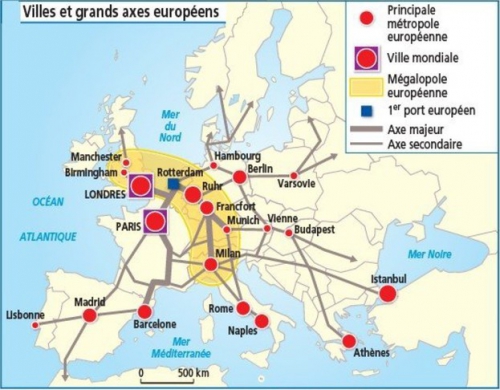
L'UE a fait tinter une sonnette d'alarme à propos du tronçon reliant Budapest à Belgrade devant coûter 1,8 milliard de dollars US, cherchant à savoir si la section hongroise a contrevenu aux strictes lois de l'UE selon lesquelles les appels d'offres doivent être publics pour les grands projets d'infrastructures de transports.
En filigrane se trouve la proverbiale condescendance européenne, décrétant que les Chinois sont assurément incapables de construire une infrastructure ferroviaire aussi bien sinon mieux - et pour moins cher - qu'en Europe.
Le tronçon Budapest-Belgrade est précisément l'aspect central de la Route Express de la Terre à la Mer [Land Sea Express Route, NdT] que Beijing s'était engagé à construire déjà en 2014 avec la Hongrie, la Serbie et la Macédoine. Il s'agit du nœud crucial de l'axe d'Europe du Sud-Est des Nouvelles Routes de la Soie, désormais dénommée Initiative de Route et de Ceinture (BRI, Belt and Road Initiative); un corridor de commerce entre le port à conteneurs du Pirée sur la Mediterranée [en Grèce à côté d'Athènes, NdT] - co-détenu par la China Ocean Shipping Company depuis 2010 - et le centre de l'Europe.
Le discours officiel de l'OTAN est que l'organisation doit être implantée dans les Balkans pour y combattre la « menace du terrorisme ». Selon le Secrétaire-Général de l'OTAN Jens Stoltenberg, « j'ai récemment visité la Bosnie-Herzégovine et le Kosovo, et cela m'encourage de voir combien ils s'attachent à contrer la menace de combattants étrangers. »
Alors en l'occurrence, les « combattants étrangers » se trouvent être au coin de la rue, pas seulement au Kosovo mais bientôt en Albanie, capitale du djihad 2.0. Après tout, l'OTAN excelle dans la création de « menaces » émergentes essentielles à la justification de son existence.
Le djihad 2.0 pourra être dirigé contre les Slaves de Macédoine, contre l'Iran et contre la Turquie. Sans parler du ventre mou de la Russie. L'angle invisible, c'est qu'ils pourront à tout moment être déployés pour mettre en danger l'effort chinois d'intégration de l'Europe du Sud-Est comme nœud essentiel des Nouvelles Routes de la Soie.
Traduit par Lawrence Desforges sur son site :
https://globalepresse.wordpress.com/2017/06/02/djihad-2-0-la-fabrication-du-prochain-cauchemar/



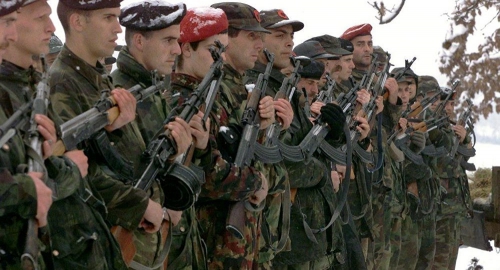

 del.icio.us
del.icio.us
 Digg
Digg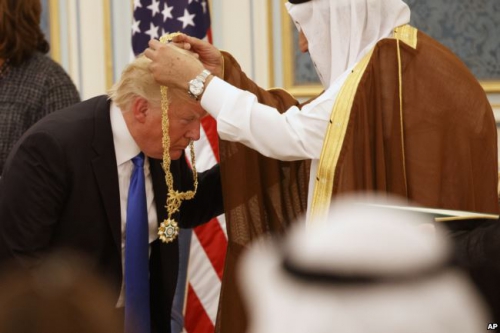
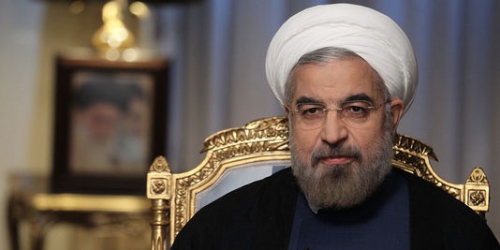
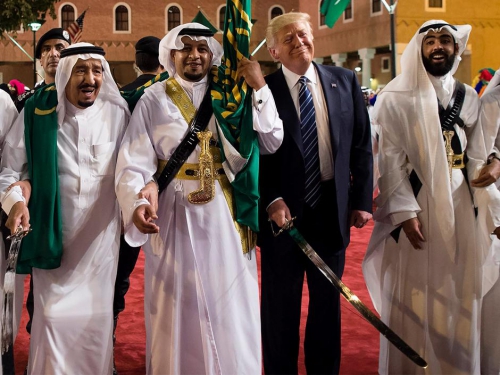
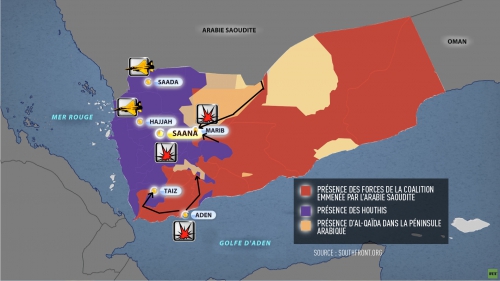
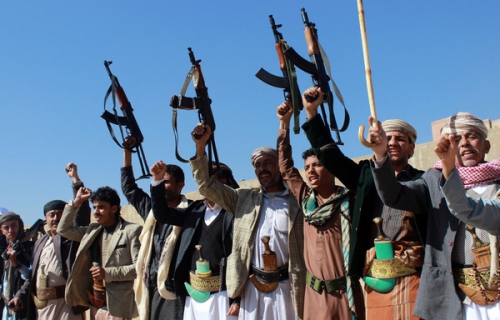
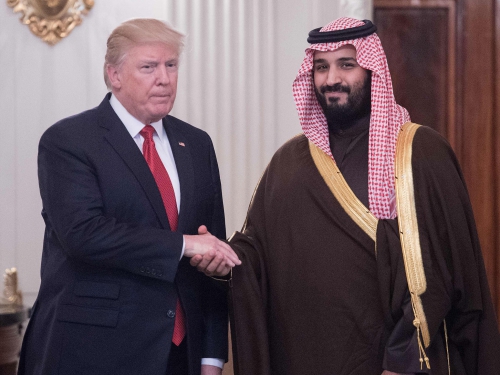
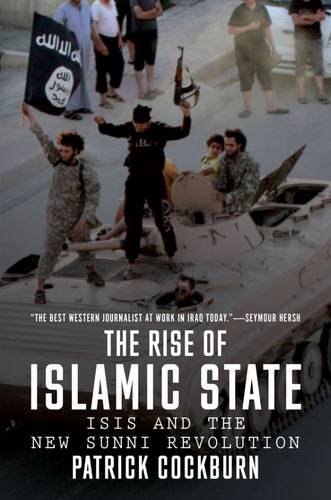
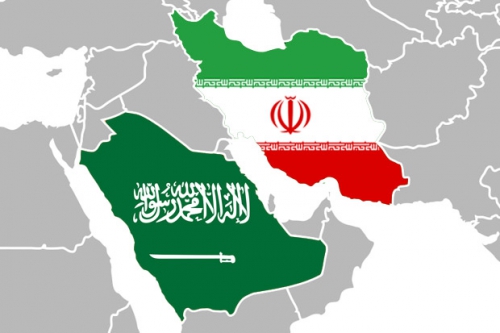
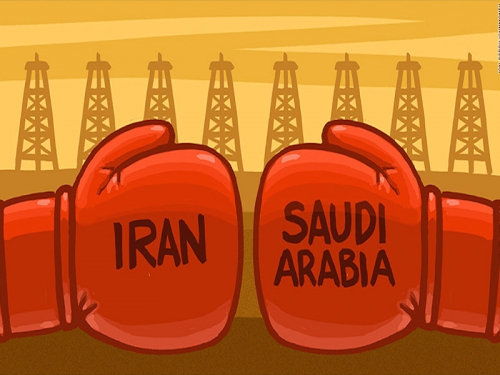
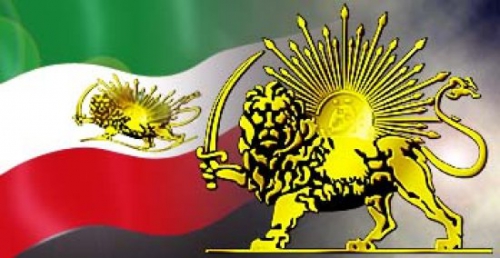

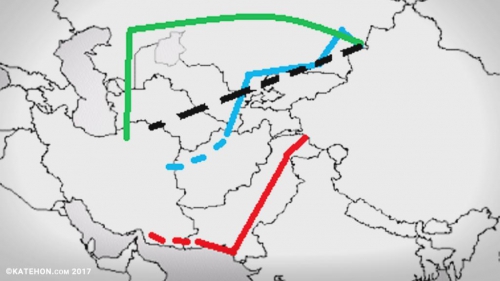

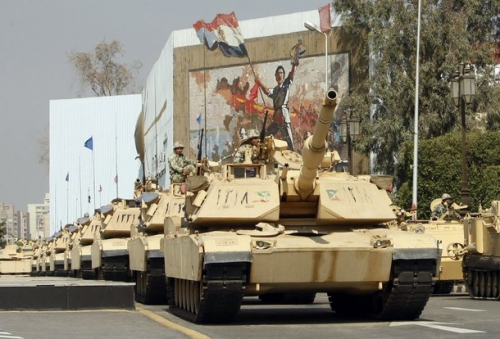



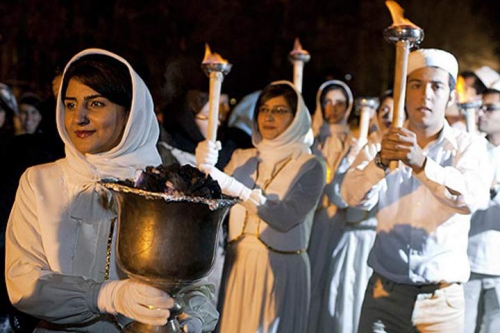

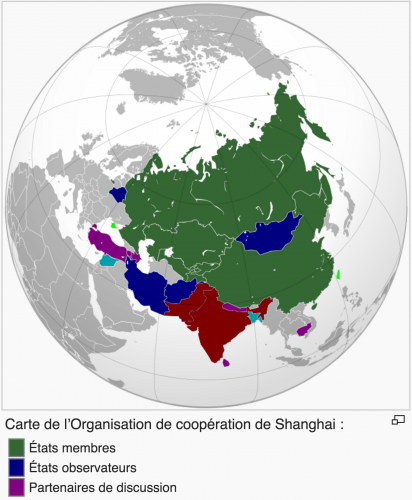
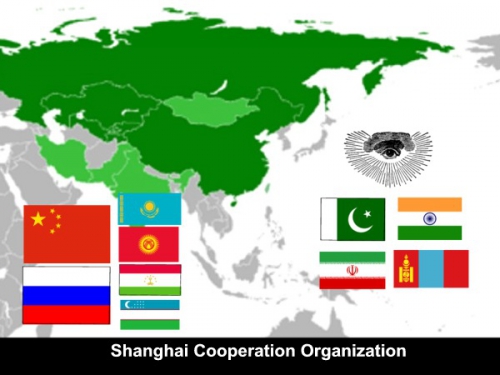
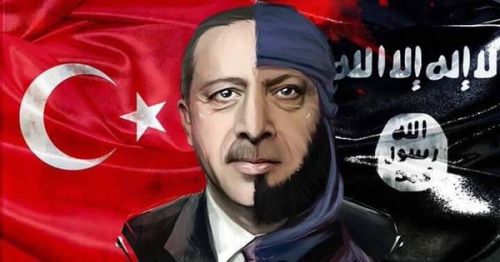
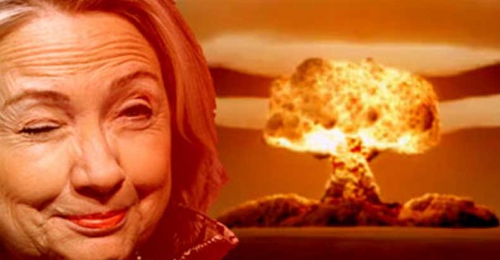
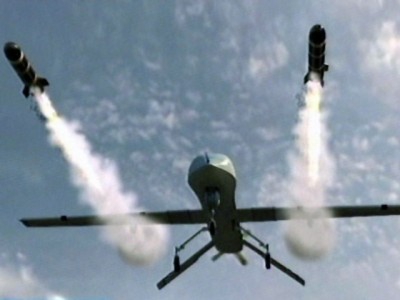 Despite the high level of civilian casualties, Clinton has long been a strong supporter of drone strikes in Afghanistan and Pakistan. In an interview with The Guardian in July 2014,
Despite the high level of civilian casualties, Clinton has long been a strong supporter of drone strikes in Afghanistan and Pakistan. In an interview with The Guardian in July 2014, 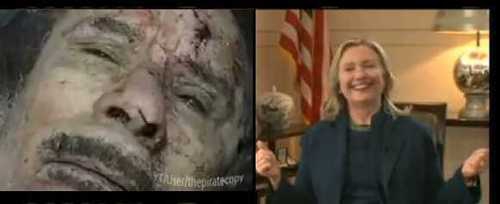
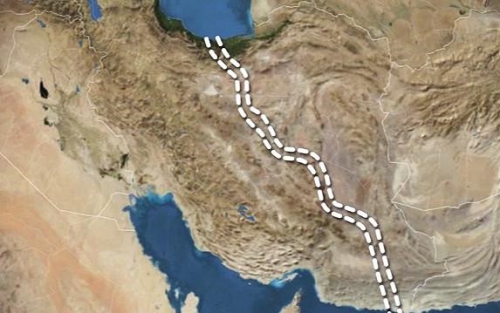
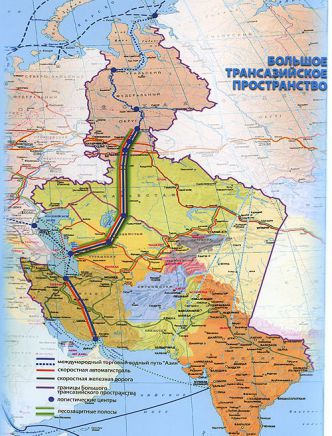 Du point de vue économique et géopolitique, ce sera, dans tous les sens du terme, un rival au canal de Suez. Selon un article publié par Sputnik International de Russie, le projet a été approuvé en 2012 par l’ancien Président iranien Mahmoud Ahmadinejad, au moment où les sanctions occidentales étaient toujours en place. Le coût avait été estimé alors par Khatam-al Anbiya, une société d’ingénierie appartenant à la Garde révolutionnaire iranienne, à environ sept milliards de dollars. À cette époque, dans une démarche visant à bloquer le projet, Washington avait imposé des sanctions économiques aux entreprises qui participaient au projet. Maintenant, pour d’autres raisons géopolitiques, Washington a levé de nombreuses sanctions et Téhéran
Du point de vue économique et géopolitique, ce sera, dans tous les sens du terme, un rival au canal de Suez. Selon un article publié par Sputnik International de Russie, le projet a été approuvé en 2012 par l’ancien Président iranien Mahmoud Ahmadinejad, au moment où les sanctions occidentales étaient toujours en place. Le coût avait été estimé alors par Khatam-al Anbiya, une société d’ingénierie appartenant à la Garde révolutionnaire iranienne, à environ sept milliards de dollars. À cette époque, dans une démarche visant à bloquer le projet, Washington avait imposé des sanctions économiques aux entreprises qui participaient au projet. Maintenant, pour d’autres raisons géopolitiques, Washington a levé de nombreuses sanctions et Téhéran 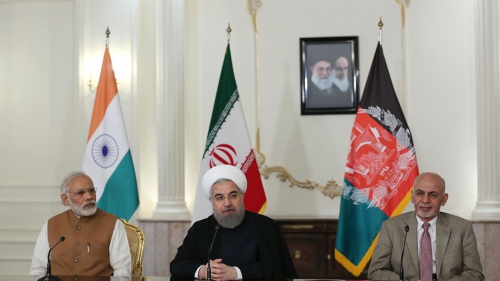


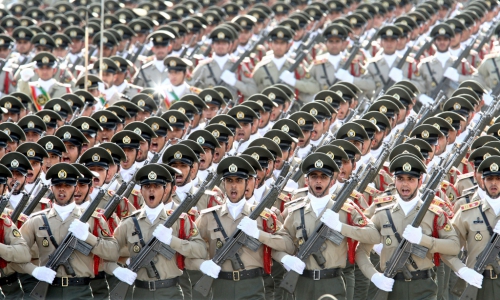


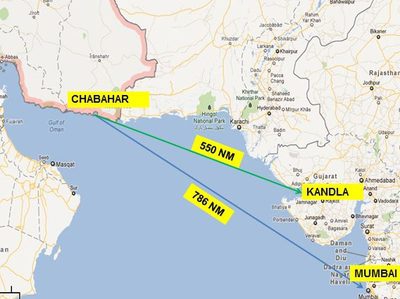 To be clear, there is not anything wrong with Iran trading with Unipolar countries, but if the trade and economic ties are designed for regime change operations like weakening the economic power of Multipolar Iranian forces, especially the IRGC as its seems, then that is a strategic threat and should be re-considered. There is growing evidence that the Rouhani government is bent on weakening the IRGC's economic power and Chinese companies' influence in Iran. The Western companies and NGOs that are going into Iran appear to be part of this strategy, which I call ''keep the IRGC economic power down" and the "Chinese/Russian companies out".
To be clear, there is not anything wrong with Iran trading with Unipolar countries, but if the trade and economic ties are designed for regime change operations like weakening the economic power of Multipolar Iranian forces, especially the IRGC as its seems, then that is a strategic threat and should be re-considered. There is growing evidence that the Rouhani government is bent on weakening the IRGC's economic power and Chinese companies' influence in Iran. The Western companies and NGOs that are going into Iran appear to be part of this strategy, which I call ''keep the IRGC economic power down" and the "Chinese/Russian companies out". 